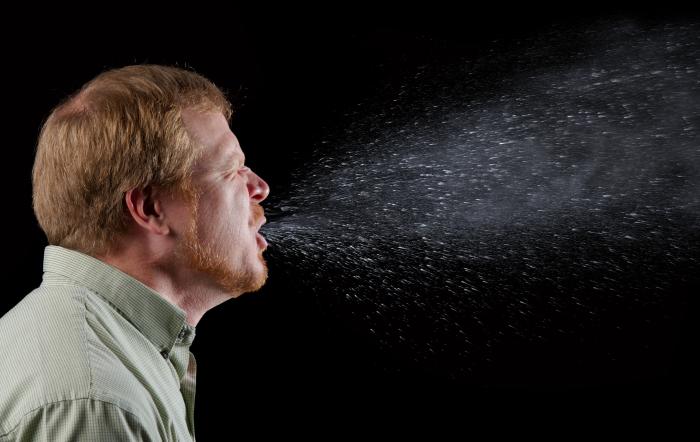Is It A Cold Or The Flu?
In the Northern hemisphere, winter is the time for flu, but the exact timing and duration of flu seasons vary. While flu outbreaks can happen as early as October, most of the time flu activity peaks in January or later.
The flu and the common cold are both respiratory illnesses but they are caused by different viruses. Because these two types of illnesses have similar flu-like symptoms, it can be difficult to tell the difference between them based on symptoms alone. In general, the flu is worse than the common cold, and symptoms such as fever, body aches, extreme tiredness, and dry cough are more common and intense. Colds are usually milder than the flu. People with colds are more likely to have a runny or stuffy nose. Colds generally do not result in serious health problems, such as pneumonia, bacterial infections, or hospitalizations.
Whether it’s swine flu, bird flu or just the plain ol’ flu, the treatment is the same. The good news: Statistics show that if you are healthy when you get the flu, you’re likely going to live (even if you get swine flu). The people who get the sickest from the flu and run the risk of serious illness or death are those who had other medical problems before they got the flu.
Flu Facts
Lots of folks think of vomiting and diarrhea when they hear “flu.” Influenza — aka “the flu” — is a respiratory disease and primarily affects the lungs, not the stomach. People can certainly feel bad enough to get nausea, vomiting and diarrhea from the flu, especially folks with H1N1, but it’s primarily a disease of the lungs.
The flu is a virus. Antibiotics do not work on the flu (or on the common cold, for that matter). Antiviral medications like Tamiflu can shorten the illness if they are taken early enough.

When our bodies are exposed to the flu virus, our immune systems build antibodies to fight it. Those antibodies stay in our system and will help fight off new exposures. That’s what the flu shot does; it gives your immune system a heads-up to build antibodies before you need them.
Flu Symptoms
Influenza symptoms begin suddenly are more severe than those of the common cold or upper respiratory infection. The flu is like a cold with a really bad attitude. The symptoms are similar, but come on stronger for the flu:
- Fever
- Coughing, especially coughing up phlegm
- Shortness of breath
- Runny nose
- Sore throat
- Headache
- Body aches
- Fatigue
- Chills
Flu Treatment
The best treatment for flu is prevention. Talk to your doctor about whether you should get a flu shot. Vaccination may keep you from getting the flu at all, and if you don’t get sick, you can’t bring the flu home to infect the rest of the people in your home.
Mom knew her stuff when it came to flu treatment: chicken soup, broth, juice and water are all great when you have the flu.
Think flu needs fluid?
If you start taking them early, the antiviral drugs Tamiflu or Relenza could help. That’s a question for your doctor.
The other thing your body needs when it has the flu is rest. So, get lots of rest and plenty of fluids. Most importantly, if you have the flu you should stay away from others. Stay at home until your temperature is below 100°F without taking Tylenol or Motrin — and then stay home another 24 hours once your fever is gone.
Listen to public health officials. Honor school closures and other instructions to avoid spreading the virus further.
If you do have to interact with others, follow these tips:
- Cover your nose and mouth with a tissue when you cough or sneeze, then throw it away (no handkerchiefs).
- Wash your hands regularly with soap and water, especially after you cough or sneeze.
- If you can’t wash up, alcohol-based hand cleaners are OK.
- Keep your hands off of your face; touching your eyes, nose or mouth spreads germs